Mehrdad Ehsani, Yimin Gao, Sebastien E. Gay, Ali Emadi0849331544, 9780849331541
Table of contents :
Modern Electric, Hybrid Electric, and Fuel Cell Vehicles: Fundamentals, Theory, and Design……Page 3
Preface……Page 6
Short Biography of the Principal Author, Prof. Mehrdad Ehsani……Page 10
Short Biography of Dr. Yimin Gao……Page 11
Short Biography of Dr. Ali Emadi……Page 12
Contents……Page 14
Table of Contents……Page 0
CONTENTS……Page 22
1.1.1 Nitrogen Oxides……Page 23
1.1.4 Other Pollutants……Page 24
1.2 Global Warming……Page 25
1.3 Petroleum Resources……Page 26
1.4 Induced Costs……Page 28
1.5 Importance of Different Transportation Development Strategies to Future Oil Supply……Page 30
1.6 History of Electric Vehicles……Page 34
1.7 History of Hybrid Electric Vehicles……Page 36
1.8 History of Fuel Cell Vehicles……Page 38
References……Page 39
CONTENTS……Page 41
2.1 General Description of Vehicle Movement……Page 42
2.2.1 Rolling Resistance……Page 43
2.2.2 Aerodynamic Drag……Page 45
2.2.3 Grading Resistance……Page 46
2.3 Dynamic Equation……Page 47
2.4 Tire–Ground Adhesion and Maximum Tractive Effort……Page 49
2.5 Power Train Tractive Effort and Vehicle Speed……Page 51
2.6 Vehicle Power Plant and Transmission Characteristics……Page 53
2.6.1 Power Plant Characteristics……Page 54
2.6.2 Transmission Characteristics……Page 56
2.6.2.1 Manual Gear Transmission……Page 57
2.6.2.2 Hydrodynamic Transmission……Page 59
2.6.2.3 Continuously Variable Transmission……Page 63
2.7 Vehicle Performance……Page 64
2.7.1 Maximum Speed of a Vehicle……Page 65
2.7.3 Acceleration Performance……Page 66
2.8.1 Fuel Economy Characteristics of Internal Combustion Engines……Page 69
2.8.2 Calculation of Vehicle Fuel Economy……Page 70
2.8.3 Basic Techniques to Improve Vehicle Fuel Economy……Page 72
2.9.1 Braking Force……Page 74
2.9.2 Braking Distribution on Front and Rear Axles……Page 75
References……Page 80
CONTENTS……Page 81
3.1.1 Operating Principles……Page 82
3.1.2.2 Indicated Work per Cycle and Mean Effective Pressure……Page 84
3.1.2.3 Mechanical Efficiency……Page 86
3.1.2.4 Specific Fuel Consumption and Efficiency……Page 87
3.1.2.6 Fuel/Air and Air/Fuel Ratio……Page 88
3.1.3 Relationships between Operation and Performance Parameters……Page 89
3.1.4.1 Engine Performance Parameters……Page 90
3.1.4.2 Indicated and Brake Power and Torque……Page 91
3.1.4.3 Fuel Consumption Characteristics……Page 92
3.1.5.2 Fuel/Air Equivalent Ratio……Page 94
3.1.6 Emission Control……Page 97
3.1.7 Basic Technique to Improve Performance, Efficiency, and Emission Characteristics……Page 98
3.2 4S, Compression-Ignition IC Engines……Page 101
3.3 Two-Stroke Engines……Page 102
3.4 Wankel Rotary Engines……Page 106
3.5 Stirling Engines……Page 109
3.6 Gas Turbine Engines……Page 114
3.7 Quasi-Isothermal Brayton Cycle Engines……Page 117
References……Page 118
4.1 Configurations of Electric Vehicles……Page 119
4.2 Performance of Electric Vehicles……Page 122
4.2.1 Traction Motor Characteristics……Page 123
4.2.2 Tractive Effort and Transmission Requirement……Page 124
4.2.3 Vehicle Performance……Page 125
4.3 Tractive Effort in Normal Driving……Page 129
4.4 Energy Consumption……Page 134
References……Page 136
CONTENTS……Page 137
5.1 Concept of Hybrid Electric Drive Trains……Page 138
5.2 Architectures of Hybrid Electric Drive Trains……Page 140
5.2.1 Series Hybrid Electric Drive Trains……Page 141
5.2.2 Parallel Hybrid Electric Drive Trains……Page 143
5.2.2.1 Torque-Coupling Parallel Hybrid Electric Drive Trains……Page 144
5.2.2.2 Speed-Coupling Parallel Hybrid Electric Drive Trains……Page 150
5.2.2.3 Torque-Coupling and Speed-Coupling Parallel Hybrid Electric Drive Trains……Page 153
References……Page 156
CONTENTS……Page 157
6.1.1 Principle of Operation and Performance……Page 162
6.1.3 Chopper Control of DC Motors……Page 166
6.1.4.1.1 Single Chopper with a Reverse Switch……Page 171
6.1.4.1.2 Class C Two-Quadrant Chopper……Page 172
6.1.4.2 Four-Quadrant Operation……Page 174
6.2 Induction Motor Drives……Page 175
6.2.1 Basic Operation Principles of Induction Motors……Page 176
6.2.2 Steady-State Performance……Page 179
6.2.3 Constant Volt/Hertz Control……Page 182
6.2.4 Power Electronic Control……Page 183
6.2.5.1 Field Orientation Principles……Page 186
6.2.5.2 Control……Page 193
6.2.5.3 Direction Rotor Flux Orientation Scheme……Page 195
6.2.5.4 Indirect Rotor Flux Orientation Scheme……Page 198
6.2.6 Voltage Source Inverter for FOC……Page 200
6.2.6.1 Voltage Control in Voltage Source Inverter……Page 202
6.2.6.2 Current Control in Voltage Source Inverter……Page 205
6.3 Permanent Magnetic Brush-Less DC Motor Drives……Page 207
6.3.2 BLDC Machine Construction and Classification……Page 210
6.3.3 Properties of PM Materials……Page 213
6.3.3.1 Alnico……Page 214
6.3.3.3 Rare-Earth PMs……Page 215
6.3.4.1 Performance Analysis……Page 216
6.3.4.2 Control of BLDC Motor Drives……Page 218
6.3.5 Extension of Speed Technology……Page 219
6.3.6 Sensorless Techniques……Page 220
6.3.6.2 Methods Using Observers……Page 221
6.3.6.3 Methods Using Back EMF Sensing……Page 222
6.3.6.4 Unique Sensorless Techniques……Page 223
6.4.1 Basic Magnetic Structure……Page 224
6.4.2 Torque Production……Page 227
6.4.3 SRM Drive Converter……Page 230
6.4.4 Modes of Operation……Page 233
6.4.5 Generating Mode of Operation (Regenerative Braking)……Page 234
6.4.6 Sensorless Control……Page 236
6.4.6.2.1 Sensorless Control Based on Phase Bulk Inductance……Page 238
6.4.6.2.2 Sensorless Control Based on Phase Incremental Inductance……Page 239
6.4.6.3.1 Frequency Modulation Method……Page 240
6.4.6.3.3 Diagnostic Pulse-Based Method……Page 241
6.4.7 Self-Tuning Techniques of SRM Drives……Page 242
6.4.7.1.1 Optimization with Balanced Inductance Profiles……Page 243
6.4.7.2 Self-Tuning Using an Artificial Neural Network……Page 244
6.4.8 Vibration and Acoustic Noise in SRM……Page 246
6.4.9.1 Number of Stator and Rotor Poles……Page 248
6.4.9.2 Stator Outer Diameter……Page 249
6.4.9.4 Air gap……Page 250
6.4.9.7 Performance Prediction……Page 251
References……Page 252
CONTENTS……Page 258
7.1 Operation Patterns……Page 259
7.2 Control Strategies……Page 261
7.2.1 Max. SOC-of-PPS Control Strategy……Page 262
7.2.2 Thermostat Control Strategy (Engine-On–Off)……Page 263
7.3.1 Power Rating Design of the Traction Motor……Page 265
7.3.2 Power Rating Design of the Engine/Generator……Page 266
7.3.3.1 Power Capacity of PPS……Page 268
7.3.3.2 Energy Capacity of PPS……Page 269
7.4.2 Design of the Gear Ratio……Page 270
7.4.3 Verification of Acceleration Performance……Page 271
7.4.4 Verification of Gradeability……Page 272
7.4.5 Design of Engine/Generator Size……Page 273
7.4.7 Design of the Energy Capacity of PPS……Page 274
7.4.8 Fuel Consumption……Page 275
References……Page 276
CONTENTS……Page 277
8.1 Control Strategies of Parallel Hybrid Drive Train……Page 279
8.1.1 Maximum State-of-Charge of Peaking Power Source (Max. SOC-of-PPS) Control Strategy……Page 280
8.1.2 Engine Turn-On and Turn-Off (Engine-On–Off) Control Strategy……Page 283
8.2.1 Design of Engine Power Capacity……Page 284
8.2.2 Design of Electric Motor Drive Power Capacity……Page 286
8.2.3 Transmission Design……Page 289
8.2.4 Energy Storage Design……Page 290
8.3 Simulations……Page 292
References……Page 294
CONTENTS……Page 295
9.1 Energy Consumed in Braking and Transmission……Page 296
9.2.1 Configuration……Page 298
9.2.2 Operating Modes and Control Strategy……Page 299
9.2.3 Drive Train Design……Page 301
9.2.4 Performance……Page 303
9.3.1 Configuration of the Drive Train with a Planetary Gear Unit……Page 305
9.3.2.1 Speed-Coupling Operating Mode……Page 309
9.3.2.2 Torque-Coupling Operating Mode……Page 311
9.3.2.4 Regenerative Braking Mode……Page 312
9.3.3 Control Strategy……Page 313
9.3.4 Drive Train with Floating-Stator Motor……Page 314
References……Page 316
CONTENTS……Page 317
10.1 Electrochemical Batteries……Page 318
10.1.1 Electrochemical Reactions……Page 320
10.1.3 Specific Energy……Page 322
10.1.4 Specific Power……Page 324
10.1.6 Battery Technologies……Page 327
10.1.6.1 Lead-Acid Batteries……Page 328
10.1.6.2.2 Nickel/Cadmium System……Page 329
10.1.6.2.3 Nickel–Metal Hydride (Ni–MH) Battery……Page 330
10.1.6.3.2 Lithium-Ion (Li-Ion) Battery……Page 331
10.2 Ultracapacitors……Page 332
10.2.2 Basic Principles of Ultracapacitors……Page 333
10.2.3 Performance of Ultracapacitors……Page 335
10.2.4 Ultracapacitor Technologies……Page 338
10.3.1 Operation Principles of Flywheels……Page 340
10.3.2 Power Capacity of Flywheel Systems……Page 342
10.3.3 Flywheel Technologies……Page 344
10.4 Hybridization of Energy Storages……Page 346
References……Page 350
CONTENTS……Page 351
11.2 Braking Power and Energy on Front and Rear Wheels……Page 352
11.3.1 Series Brake — Optimal Feel……Page 356
11.3.2 Series Brake — Optimal Energy Recovery……Page 357
11.3.3 Parallel Brake……Page 359
11.4 Antilock Brake System (ABS)……Page 361
References……Page 363
CONTENTS……Page 364
12.1 Operating Principles of Fuel Cells……Page 365
12.2 Electrode Potential and Current–Voltage Curve……Page 367
12.3 Fuel and Oxidant Consumption……Page 371
12.4 Fuel Cell System Characteristics……Page 372
12.5.1 Proton Exchange Membrane Fuel Cells……Page 374
12.5.2 Alkaline Fuel Cells……Page 376
12.5.4 Molten Carbonate Fuel Cells……Page 378
12.5.5 Solid Oxide Fuel Cells……Page 379
12.5.6 Direct Methanol Fuel Cells……Page 380
12.6.1.1 Compressed Hydrogen……Page 381
12.6.1.2 Cryogenic Liquid Hydrogen……Page 383
12.6.1.3 Metal Hydrides……Page 384
12.6.2 Hydrogen Production……Page 385
12.6.2.1 Steam Reforming……Page 386
12.6.2.3 Autothermal Reforming……Page 387
12.7 Nonhydrogen Fuel Cells……Page 388
References……Page 389
CONTENTS……Page 391
13.1 Configuration……Page 392
13.2 Control Strategy……Page 393
13.3.1 Motor Power Design……Page 395
13.3.3.2 Energy Capacity of the PPS……Page 397
13.4 Design Example……Page 399
References……Page 401
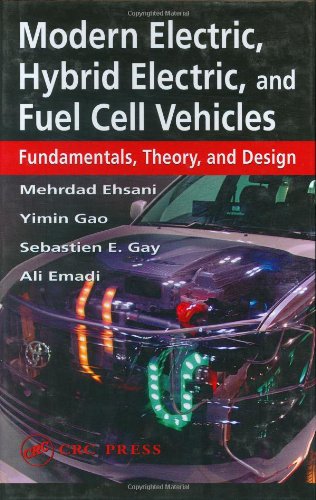


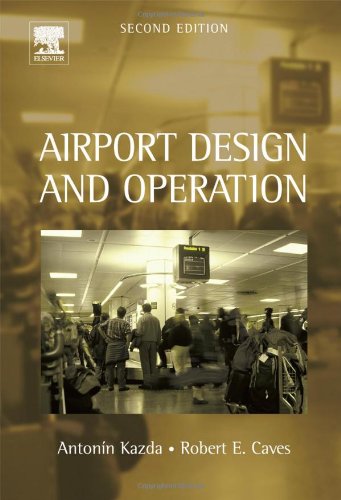
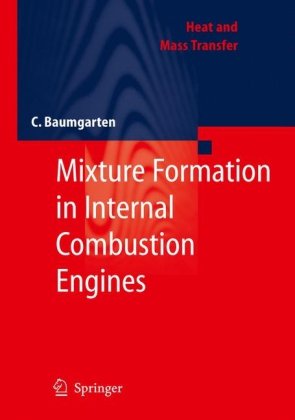
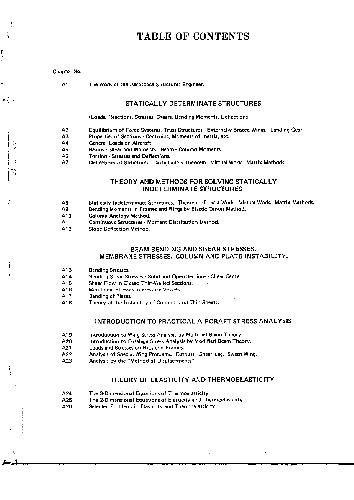
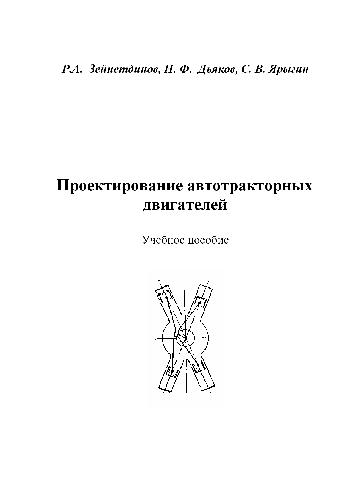
Reviews
There are no reviews yet.